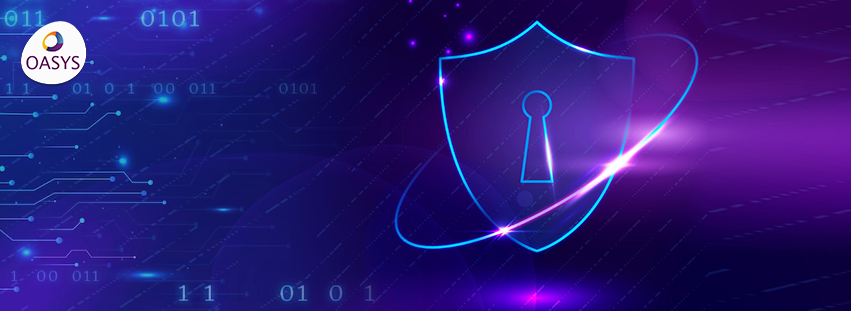Introduction
In today's interconnected world, where businesses heavily rely on digital infrastructure and technology, cybersecurity has become an essential aspect of safeguarding sensitive data and protecting against malicious threats. With the rise in cyber-attacks and data breaches, organizations must prioritize cybersecurity measures to ensure the confidentiality, integrity, and availability of their digital assets. In this blog, we will explore key cybersecurity best practices that businesses should implement to fortify their defenses and mitigate potential risks.
Develop a Strong Cybersecurity Culture
Cybersecurity is not solely an IT department's responsibility; it requires a collective effort across the entire organization. Establishing a strong cybersecurity culture involves creating awareness, educating employees about potential threats, and promoting responsible digital behavior. Conduct regular training sessions, seminars, and workshops to equip employees with the necessary knowledge to identify and respond to cyber threats effectively.
Implement Robust Access Controls
Access controls play a critical role in limiting unauthorized access to sensitive information. Utilize the principle of least privilege (PoLP) to grant employees access only to the data and systems necessary for their roles. Enhance your security measures by implementing multi-factor authentication (MFA) to provide an additional layer of protection. Regularly review and revoke access privileges for employees who change roles or leave the organization to prevent potential insider threats.
Regularly Update and Patch Systems
Cybercriminals frequently take advantage of weaknesses in obsolete software and systems. To mitigate this risk, businesses should establish a patch management process to ensure that all systems and applications are updated with the latest security patches. Enable automatic updates wherever possible and maintain an inventory of all software and hardware to facilitate timely updates.
Employ Strong Password Policies
Weak and easily guessable passwords are one of the primary entry points for cybercriminals. Enforce strong password policies that require a combination of alphanumeric characters, special symbols, and regular password changes. Encourage the use of password managers to generate and securely store complex passwords. Additionally, consider implementing passwordless authentication methods such as biometrics or hardware tokens for enhanced security.
Regular Data Backup and Disaster Recovery
Data loss due to cyber attacks or system failures can significantly impact businesses. Implement a robust data backup strategy that includes regular backups of critical data and systems. Store backups securely, preferably offsite or in the cloud, and test the restoration process periodically. Additionally, develop a comprehensive disaster recovery plan to minimize downtime and ensure business continuity in the event of an attack or natural disaster.
Employ Secure Network Infrastructure
Securing your network infrastructure is vital to prevent unauthorized access and data exfiltration. Utilize firewalls, intrusion detection and prevention systems (IDPS), and virtual private networks (VPNs) to create layers of defense. Regularly monitor network traffic, establish strong boundary defenses, and segment networks to minimize the potential impact of a breach. Conduct periodic vulnerability assessments and penetration tests to identify and address weaknesses proactively.
Implement Robust Email and Web Security Measures
Emails and web-based attacks, such as phishing and malware distribution, are prevalent threats. Deploy advanced email filtering systems to identify and block suspicious emails. Train employees to recognize phishing attempts and avoid clicking on suspicious links or downloading attachments from unknown sources. Implement web filtering and content scanning to block access to malicious websites and prevent the download of potentially harmful files.
Stay Informed About Emerging Threats
Cyber threats are constantly evolving, and staying up to date with the latest trends and vulnerabilities is crucial. Establish reliable sources of cybersecurity information and subscribe to industry newsletters and alerts. Participate in relevant forums and engage with cybersecurity experts to gain insights into emerging threats and effective mitigation strategies.
Secure Configuration Management
Ensure all systems, devices, and applications are configured securely. Default configurations often contain vulnerabilities that can be exploited. Follow industry best practices and harden the security settings of your systems. Regularly review and update configurations to align with the latest security guidelines.
Conclusion
Cybersecurity is a continuous journey, not a one-time task. Businesses must recognize the importance of safeguarding their digital assets from ever-evolving cyber threats. By implementing robust cybersecurity practices, developing comprehensive plans, and fostering a culture of security awareness, organizations can significantly reduce the risk of cyberattacks and protect sensitive information. Remember, investing in cybersecurity is an investment in the long-term success and resilience of your business in the digital age.


